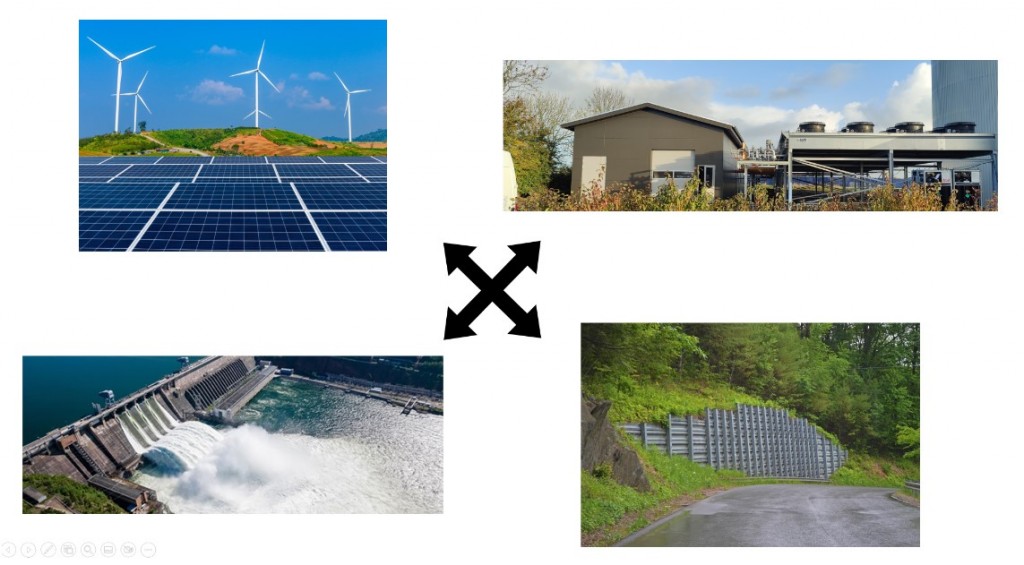Introduction
Maintenance planning is crucial for ensuring the reliability of a system, just as Life Cycle Analysis is essential for understanding the costs related to energy, CO2, SO2, and NOx. It’s important to optimize maintenance by not only considering the time it takes, but also the emissions it causes. Our system provides electricity and heat through five subsystems: a solar photovoltaic system, a hydropower dam, wind turbines, a retaining wall for the access road, and a central heating station that provides district heating for the area.

Given the current global climate and energy crisis, it’s crucial to develop a reliable system for producing electricity and heat autonomously. With due diligence and accuracy, we have conducted the following analysis and aim to publish it to encourage further research and raise awareness about the importance of green energy production that considers maintenance actions.
On this website, you will find:
- An understanding of the systems’ integration context and interdependencies.
- Our integrated maintenance planning, with a strong focus on minimizing the duration and maximizing reliability and usability.
- Our Life Cycle Analysis displays the exact costs related to energy, CO2, SO2, and NOx, which takes maintenance costs into account.
- A multi-objective optimization process for maintenance planning that considers the duration of maintenance, the time between maintenance activities, and the costs associated with them.
Project Members:
Downloads:
References:
[1] https://jdbse.com/portfolio-item/fairgroundhighway-retaining-wall-charlemont-massachusetts/
[3] https://www.aalborgcsp.de/geschaeftsfelder/integration-von-waermepumpen
[4] https://www.irena.org/Energy-Transition/Technology/Hydropower